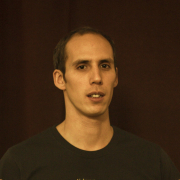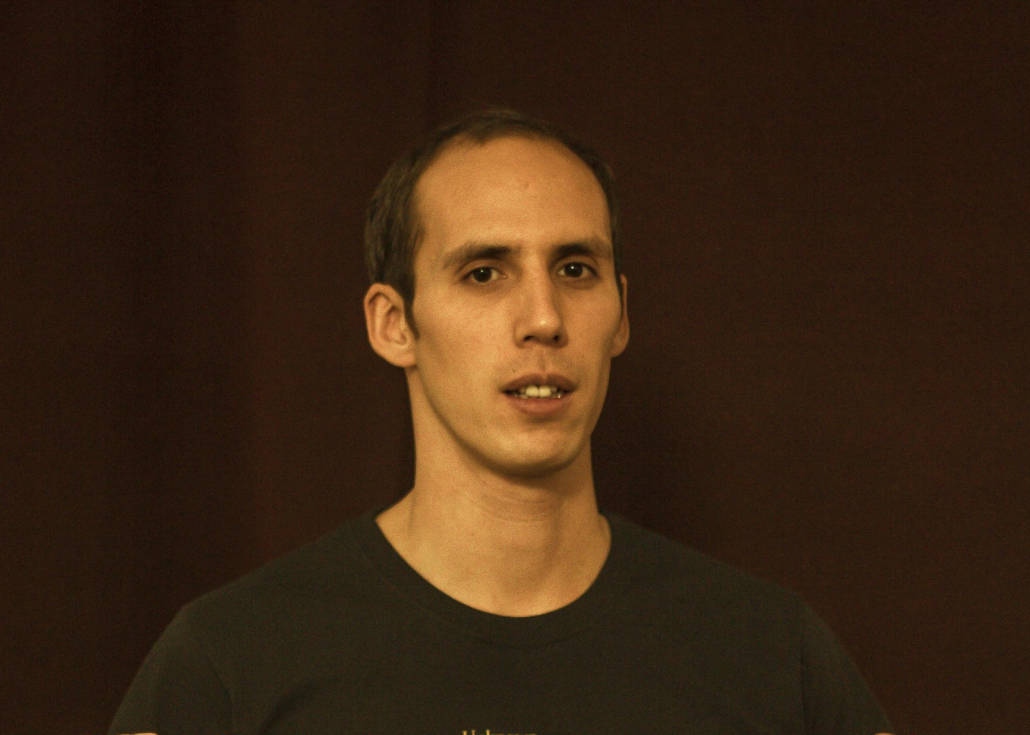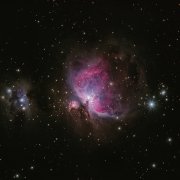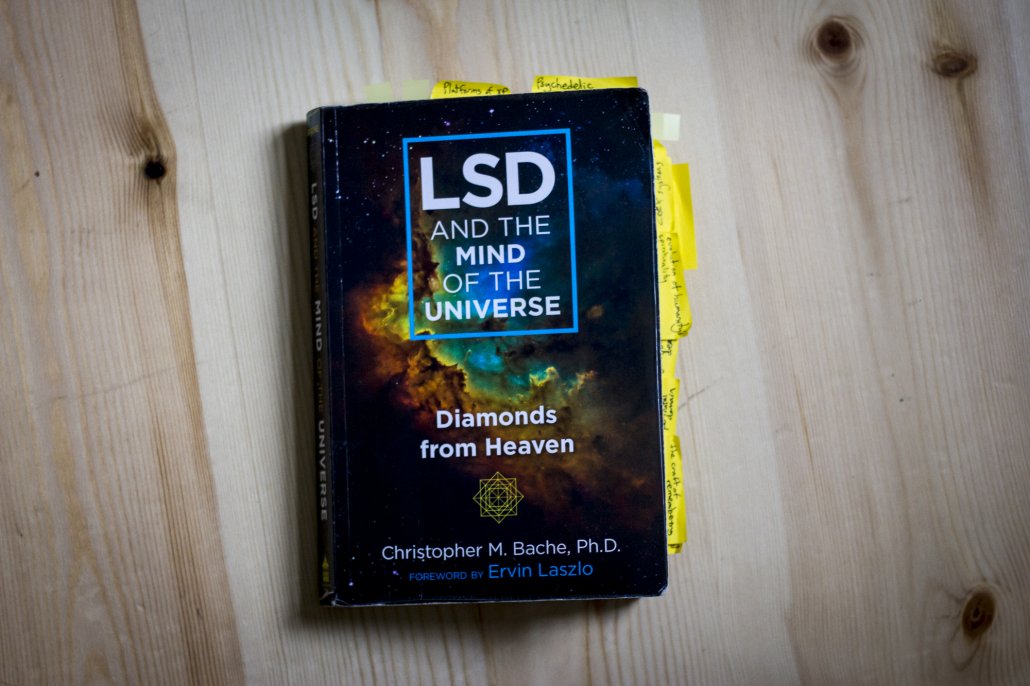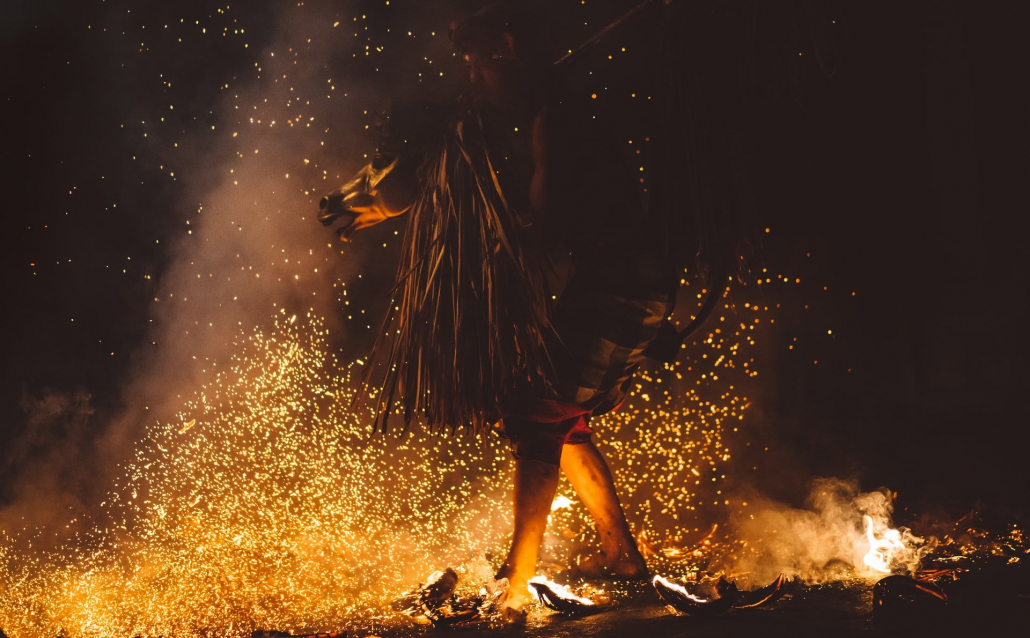Hello. My name is John Robertson and I am a Psychonaut.
A psychonaut is someone who uses psychedelic substances as tools of exploration. Exploration of the mind, of reality, of the universe. Like cosmonauts, psychonauts willingly enter into the unknown on a mission of discovery. We are explorers.
This year marks 10 years of being a psychonaut with my first psychedelic experience in late 2011. My use of psychedelics has evolved over time and so has my relationship with them. In the name of openness, today I’ll share what my current use looks like, including styles, intentions, substances, and frequency.
Psychedelic Therapy Style Method
I use psychedelics in many different ways but of the classic psychedelics my most common use is that of a psychedelic therapy style.
This means taking a medium to high dose in a comfortable and controlled indoor environment. I use headphones and an eye mask, while listening to a preselected playlist of music from start to finish. The headphones to immerse me in the experience, with the music acting as a type of guide, and the eye mask helps to keep my attention directed inwards.
I sometimes do this with friends but more often I do this alone. I find doing it alone really allows me to let go: I can express myself freely without worry of disturbing someone else. This might be sobbing, weeping, laughing, talking to myself out loud, groaning, grunting or making other animalistic or primal expressions. It may also be moving my body in some way like shaking, pacing around the room or even beating my chest.
When working alone I have a set procedure that I follow and have built through practice. On the day, my ritual includes putting my phone on airplane mode, saying a prayer and giving thanks, and writing down my intention and saying it out loud before I consume the dose. I also close the ceremony by giving thanks and finally ringing a bell. It includes various preparation and integration practices, such as clearing in the days before, checking in with both of my parents, and journaling while listening to the playlist again on the day after the session.
I find this type of session to be the most useful thing I can do to gain access to the hidden realms of my psyche, to make the unconscious conscious, and to gain a better understanding and acceptance of myself. It helps to clarify things for me and I nearly always come out of a session with an extremely clear sense of where my heart wants to go and what I need to do next in my life.
I use this style of session as a tool for personal growth and view it as a foundational part of my spiritual practice.
These days I almost exclusively use psilocybin, though I have used LSD in the past and had great results.
Exploring for Fun
I also use psychedelics in more casual ways and often with the express intention of having fun with friends. This may be inside, it could also be outside. The one thing that is consistent is that I like to be well prepared in terms of equipment, such as basics like having some food, drinks or snacks ready, and comfortable spaces to lie down with blankets. I also, like in the psychedelic therapy style, always write down all the doses I take and the times I take them. If I’m out or at a friends’ place, I will do this in my pocket notebook which I take everywhere with me.
I also like to give some thought to the types of things we might want to do beforehand, and may prepare things to entertain or amuse myself or the group with. These may be things to look at, things to touch, ponder, or experience. For example, music videos, wikipedia articles, or pieces of visual art.
When exploring for fun it is usually with LSD or 2C-B and sometimes combined with MDMA. Nitrous oxide has also often been in the mix in the past, but that is less common and more reserved for special occasions these days. Still, hitting a gas on a candy flip is something that I think every psychonaut should try once in their lives 😉
Between Fun and Therapeutic
Though I place the highest value on the classic psychedelics, I also use non-classic psychedelics such as MDMA and ketamine for having a comfortable exploration at home. This is usually a mixture of growth oriented introspective style work and a fun exploration of ideas or themes. I sometimes also mix in 2C-B for this type of session and have enjoyed trying different combinations of these three substances. I also like to experiment with different types of ratios in terms of dose and timing of doses, and sometimes also blend in some marijuana to mix it up and increase entropy in my streams of thoughts and experience.
For introspective style work, I do journaling to explore my thoughts and feelings. Generally the content is often about my relationships with others, things I’d like to do such as lifestyle changes or experiments, and ideas around creative and professional projects.
For the fun exploration of ideas or themes I will also explore with certain materials like music or art and journal about them.
I also like to do things which are a little more creatively ambitious which may extend over the course of multiple sessions to create a deeper exploration and expression. For example, during lockdown this year I explored the theme of ‘the Loner’ and loneliness. This is something I identify with and, living with two couples and not being allowed contact with anyone else for 2 months, this came up strongly for me. I explored it by creating a playlist of songs on the theme, reading the wikipedia pages of loneliness and solitude, and gave myself expression by writing and recording a punk song: ‘Loner’. It was awesome.
On more casual sessions like this I will also often just have an open free association brainstorm kind of thing just using pen and paper to externalise thoughts and ideas so I can see them and more easily make new connections.
Normally sessions will not be either therapeutic or fun, but a mix of both, always with the therapeutic and more challenging content coming up at the start of the session before giving way to a more relaxed tone and sense of agency about where I want to put my attention.
Psycholytic Style
I also do this type of fun/therapy session occasionally with a good friend of mine. We use ketamine as it is his preferred substance. Likewise, the first section of the session we generally do more therapeutically oriented work, and we will go for a more psycholytic style approach, using our conversation and interaction as a means to to dig in to and look closely at perceptions and feelings, question beliefs, reach deeper levels of understanding, and ultimately find some resolution with current issues in our lives. We also sometimes do role plays, acting out interactions with different people in our lives who we currently have tension with, and look at quotes from our favourite philosophers.
Music
I am a huge fan of music in general and just love listening to music on all psychedelic substances. I also occasionally like going to concerts and taking something. For example, a couple years ago, I went with some friends to see one of my faves Kurt Vile at the Kulturastrahaus and for the whole show just danced my little heart out down front.
One of my more recent all time favorite life experiences was taking 2C-B with MDMA and seeing the-man-the-myth-the-legend, Ty Segall. Front row I got absolutely pounded in a tornado of thumping guitars that swept through the core of my being and left me mixed parts obliterated and exhilarated. Yeah, just awesome.
Nature Connection
Less often I take psychedelics out in nature so I guess I’m more of a city psychonaut. However, I think that is mostly due to the fact of psychedelics being illegal and my uncomfortable feelings of being outside and exposed in an uncontrolled environment. After all, psychedelics can and often do increase feelings of sensitivity and vulnerability. That is, however, something I would like to change because I would like to deepen my appreciation of the beauty of the natural world.
How often I take psychedelics
The frequency of my use really varies season-by-season and year-by-year. My practice and use, like life and myself, is a living, evolving thing. I do try to make time for psychedelic therapy style sessions at least a few times a year but there isn’t a set pattern that I stick to. Use of the non classics is more regular, even though I would say it is less beneficial. That is because my psychedelic therapy style sessions are a bigger deal, a 2-3 day affair, also with the added preparation time needed in the run up. They require more from me, in time and energy commitment, so it is harder to fit in. Still, I think I do a decent job.
For example, in 2019 I did around ten sessions with classic psychedelics, (about half in psychedelic therapy style), and ten-fifteen with non-classics. Last year, overall use increased with corona and I had around nine sessions with classics, and fifteen or so with non classics. So far in 2021, I have had two experiences with the classics, and a fair few of the non-classics to get me through a protracted lockdown.
I also sometimes microdose psilocybin or LSD but not often or with any kind of consistent frequency.
My Name is John Robertson
Up until now I have written and worked under the name John Andrew. Andrew is my middle name and I first used this name before I was working in the psychedelic field.
At the time I had just finished a stint of three years as an English teacher and I was taking something of a sabbatical to travel. I was hoping to make it as a blogger but I wasn’t sure if at some point I would need to go back to teaching English or find some other kind of more conventional job to give myself another injection of cash that would enable to go on doing the types of projects that were closer to my heart.
I was worried about potential employers googling me and finding my blog writing about all my crazy and illegal psychedelic adventures and ultimately limiting my options and ability to work. It is kind of sad that I felt I had to hide such a huge part of what I see as a beautiful and core part of my identity but such was my predicament.
I used the name John Andrew for jobs such as workshops and public talks and continued to use it as I entered more deeply into the wider psychedelic network. When finally committing to full-time psychedelic work some years later I thought that it would be kind of fun to continue using what had become my pen and now psychedelic name. After all, having a pen name is kind of cool, and I also wanted to build on the name I’d started to establish.
By this point it was not that I was really hiding it from anyone that was important to me. I revealed my psychedelic side to both of my parents at the time of their separation. With everything that was going on I felt the need to reach a much deeper level of openness and honesty with both of them. I wanted them to really know their son.
Initially my Dad was more accepting than my Mum and he was actually a huge support to me in the founding of the New Moon Psychedelic Retreat project which launched in 2019. He encouraged me to follow my heart and seeing that I had clarity on what I wanted to do, he pushed me to fully go for it. That is what I did and I committed myself to a project of a scope that I had never taken on before. I put a part of my heart and soul in to New Moon in a way that was a deeply meaningful and formative experience.
Since then it has then now come the point where people know me through my public psychedelic work and will actually call out to me as John Andrew. Or people closer to me know that my name is John Robertson, but they’ve also seen my name around as John Andrew and there is some kind of confusion. It’s not really that I was trying to keep those sides separate in recent years, it’s just that I had used that name for a while and just thought it would be more convenient to continue using it.
I now want to clear up this confusion and be called by my family name for my work. This is me taking one more step on my path of long term integration.
I am John Robertson.
And I fucking love psychedelics.
.

